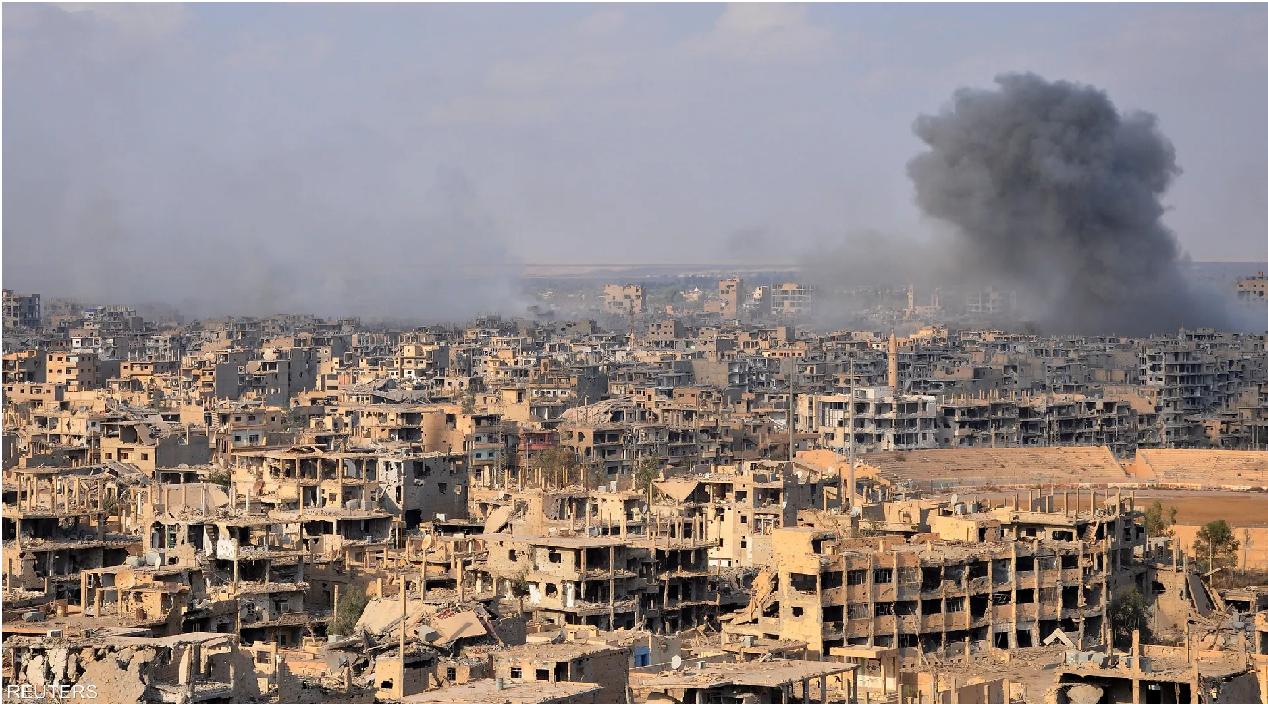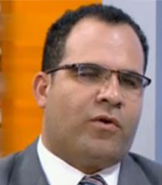Following the earthquake that hit Syria on February 6th, Iran promptly evacuated several military bases situated in Deir ez-Zor, al-Bukamal, and al-Mayadeen. Subsequently, the control of these sites was transferred to the Syrian army. The actual reasons behind this continued Iranian redeployment are unclear, but it is widely assumed that the aim is to remain informed about the evolving political and security scenario in Syria. This objective aligns with Iran’s intention of expanding its military presence and influence in the country beyond its earlier establishment.
Russia’s recent effort to strengthen ties between Turkey and the Syrian government has significant political implications. Iran has attempted to interfere in this process, resulting in a newfound willingness for cooperation between Iran and Turkey. This is because the Syrian regime is a shared interest for both nations. Tehran believes it has the ability to execute a redeployment operation in Idlib, Aleppo, and Northeastern Syria on behalf of the regime. Meanwhile, Ankara has postponed a planned large-scale military operation against the Syrian Democratic Forces (SDF). Additionally, the recent earthquake that struck both Turkey and Syria has further delayed Ankara’s plans for these arrangements.
In contrast, it seems that Iran will move forward with its redeployment plan and may take advantage of Ankara’s attention on relief efforts following the earthquake. Additionally, Iran intends to benefit from its support role for the Syrian government in addressing the earthquake’s aftermath. It is utilizing the aid delivery operation to conceal further actions in Syria, preparing preemptively in tandem with Russia’s participation in the Ukrainian conflict. Iran is also leveraging the opportunity for joint military cooperation with Moscow in this conflict to gain further advantages in the Syrian theater.
Key Mechanisms
Iran and Russia coordinate their efforts to redeploy forces whenever there is a shift in the Syrian arena. Prior to the Sochi 2019 agreements between Russia and Turkey, a two-month-long redeployment process took place, which excluded Iran. During this period, the Revolutionary Guard and its affiliated militias, including Hezbollah, Iraqi militias, and Pakistani and Afghan militias (Zainabiyoun-Fatimiyoun), relocated their forces to Southeast Syria. Their focus was primarily on two areas: the Eastern Bank of the Euphrates River, where they aimed to apply pressure on the Syrian Democratic Forces (SDF), and the Iraq-Syria border axis, where they sought to facilitate the transportation of weapons and apply pressure on the US-controlled “Al-Tanf” base.
After nearly three years since the agreement was established, it seems to have lost its effectiveness. Turkey believes that its strategic objectives have not been achieved due to the ongoing US support for the SDF, which is hindering their progress. Due to the lack of mutual understanding between Turkey and the US on this matter, Ankara has continued to approach the situation in a traditional manner by increasing their aggression towards the SDF. Moreover, they may try to benefit by aligning themselves with the Syrian regime to execute their plan, particularly in regards to relocating refugees to areas that can be removed from the SDF’s jurisdiction.
New Movements
On February 24th, the Iranian state media declared that Iran would supply the Syrian regime with missile defense systems, including the “Khordad 15” system. This announcement came after a visit to Tehran by Syrian Defense Minister Ali Mahmoud Abbas on January 24th. Even though Damascus did not explicitly ask for these weapons from Iran, it is believed that Iran is attempting to arm itself to confront the defense challenges it is facing in Syria. This move may also shed light on the motives behind the regime’s recent withdrawal from certain areas within Syria.
The notion that the Syrian regime is not a primary target of Israel is reinforced by Israel’s recent confirmation of Russia’s request for aid to assist Damascus in the aftermath of an earthquake, with the help being routed through Moscow. Despite Damascus’ denial of this matter, it provides insight into Tel Aviv’s stance towards the regime. Iran is Israel’s primary adversary in Syria, consistently prompting Israel to retaliate with missiles. Conversely, Iran may require aerial support to counter Israeli attacks in Syria and is anticipated to station weaponry in the regions where they will be redeployed.
Possible Implications:
These military and political developments may have several implications on the Syrian arena, the most prominent of which are:
- Escalation of Israeli-Iranian Tension: Despite the mounting signs of escalation during the prior phase, Iran’s declaration of its intention to supply defensive equipment to Syria is anticipated to raise the intensity of this tension. This is particularly true since Israel views the regions where the redeployment process is happening as areas where Iranian deployment is prohibited and may pose a threat to Israel.
- Expanding the Confrontation Beyond Syrian Borders: Iran intends to extend its conflict with Israel beyond the borders of Syria and may even attempt to persist in this confrontation. Iran perceives that Israel is approaching it and has even been able to advance its incursions into its territory. This is evident in Tehran’s accusations against Tel Aviv regarding the assault on a military facility in Isfahan on January 29th of last year. Iran aims to make further progress on the Syrian battleground to encircle Israel and heighten the level of danger through that region, while targeting Israeli interests in other remote locations.
- Reaching Israeli-Turkish Understandings: While Iran was resolving its issues with Turkey, Israel was also pursuing closer relations with Turkey. Israel even extended aid to Turkey during the earthquake crisis. Consequently, it is anticipated that the relationships among the three parties will undergo new interactions that are shaped by their interests in the Syrian arena. It is crucial to note that these fresh interactions will be affected by the calculations of all three parties, including Russia. For instance, there is a Russian stance on Israel’s assistance to Ukraine. This stance has prompted Tel Aviv to cultivate a stronger rapport with Turkey. Moreover, Russian-Iranian collaboration in Ukraine bolsters Iran’s position in Syria, as mentioned earlier.
- Pressure on the Syrian regime is increasing due to Iran’s efforts to strengthen its military presence in Syria. This is expected to contradict the path of Arab countries towards reconciling with the Syrian regime. Many Arab nations are providing support to Syria after the earthquake crisis, which benefits the regime as it emerges from its Arab isolation. However, the regime is still expected to be bound by its forced alliance with Tehran, which is currently a burden. This burden is not only from the perspective of Arab reconciliation, but also because the regime is paying the price for Tehran’s management calculations and its militias in their conflict with Israel.
Counter Moves
Iran’s decision to reinforce its military presence in Syria is a key component of its strategy to confront Israel. This is particularly evident as Iran is closely monitoring the growing defense cooperation between the US and Israel, as reflected in the recent increase in military exercises and Israel’s defense capabilities against potential Iranian attacks from Syria or Lebanon. As a result, Iran is taking steps to counter this by strengthening its defenses and bolstering its military presence in Syria. This will provide Iran with the ability to strike Israel as a deterrent in the event of an attack, according to Iranian calculations.


